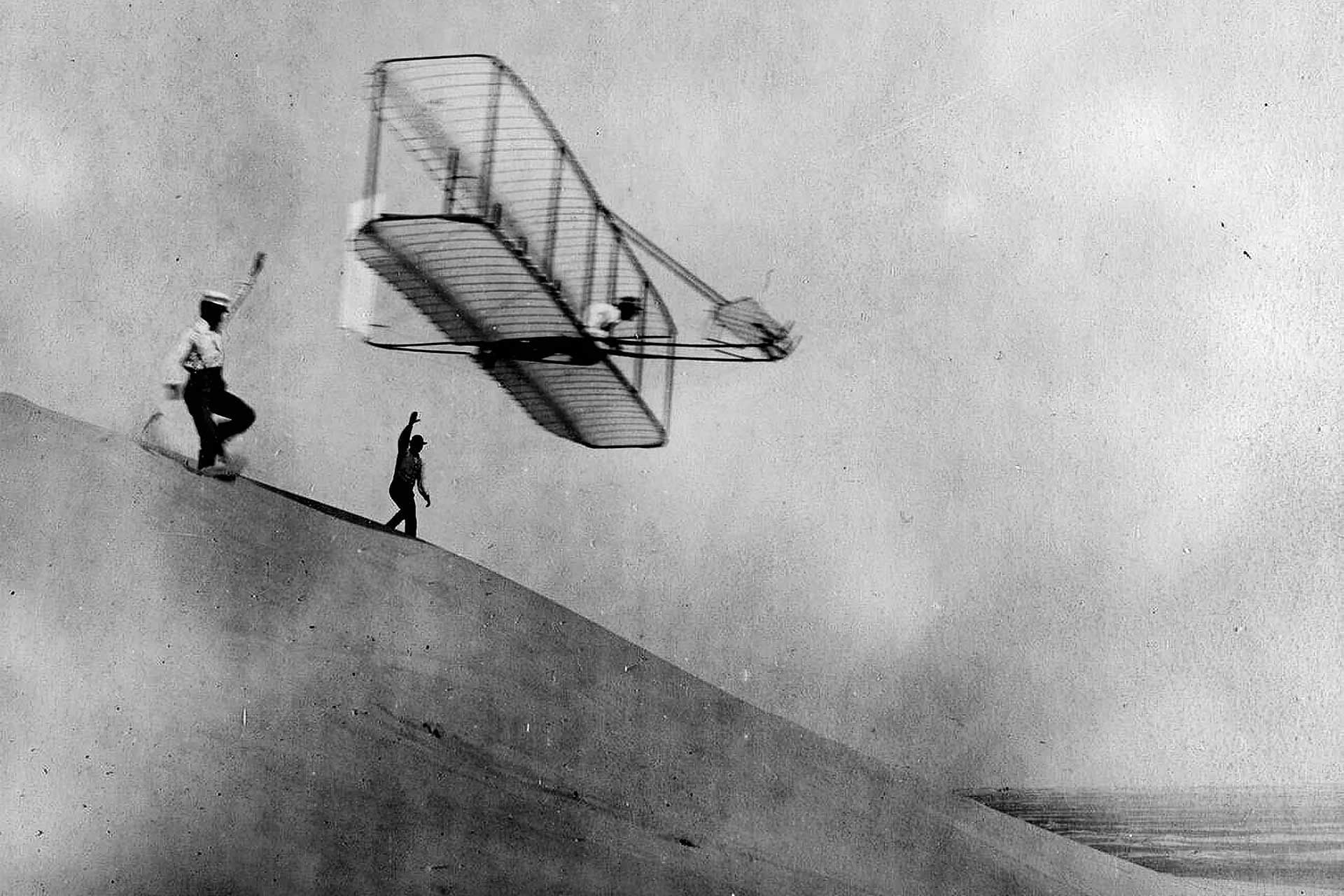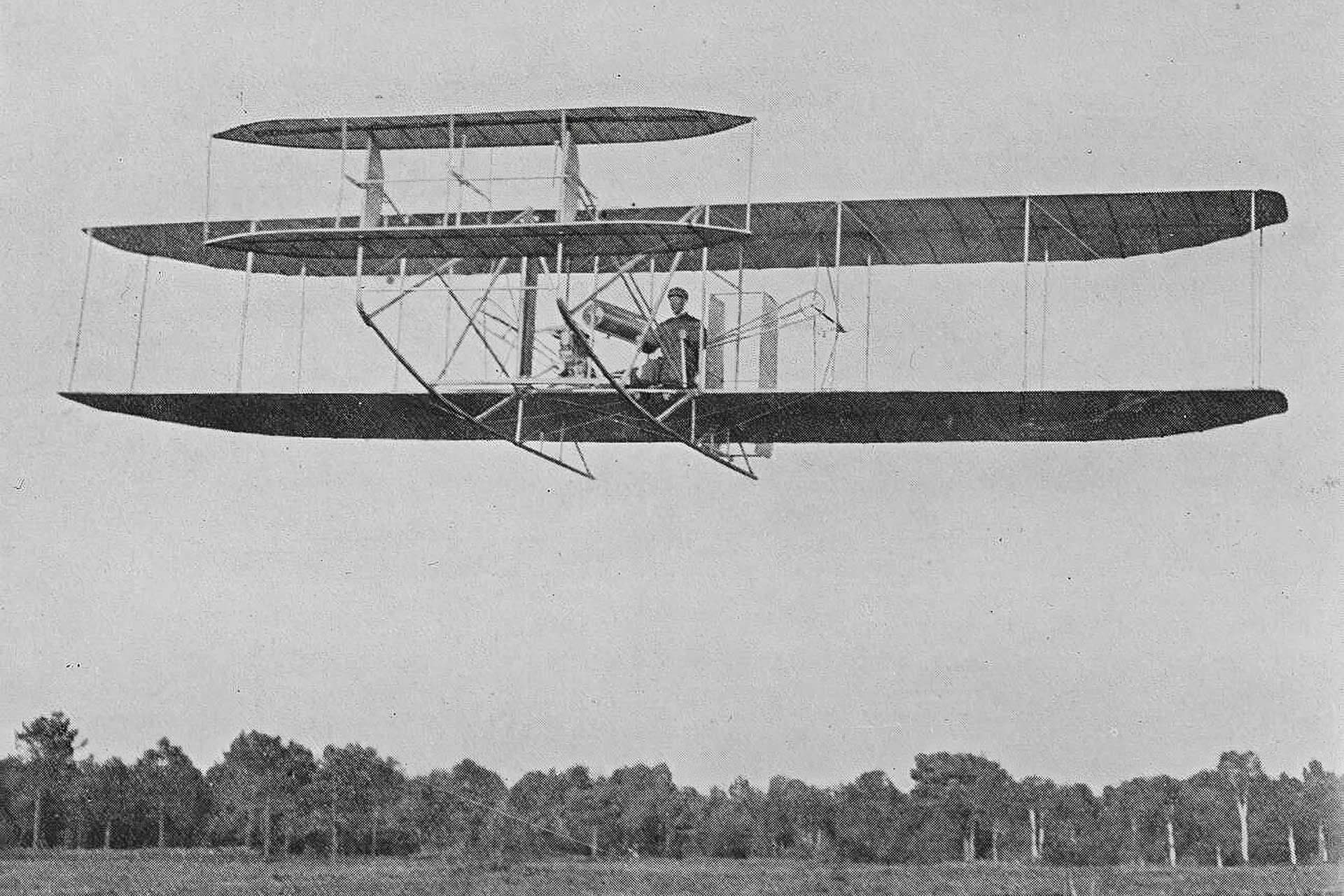Skybound Pioneers The Inspiring Journey of the Wright Brothers
Mahacaraka® Press
In the little town of Dayton, Ohio, two creative minds dared to dream of conquering the sky. Their path was motivated not by privilege or formal technical background, but by curiosity, determination, and an unwavering desire to push the bounds of human potential. These characteristics would propel them to revolutionise transportation forever.
Raised in a family that valued education, the brothers grew up steeped in books, mechanical tinkering, and a love with flight. Their father, a bishop with an extensive library, frequently encouraged his children to pursue scholarly interests. A small flying toy made of bamboo and paper that they received as a child triggered a lifetime fascination in flight mechanics.
As young adults, their ventures were small. The siblings were always looking for new methods to improve current ideas, whether they were running a printing firm or a bicycle shop. Their work with bicycles, which required accuracy and balance, paved the way for their future aeronautical research.
By the late 1800s, humanity's infatuation with flight was obvious. Reports of pioneers such as Otto Lilienthal and Samuel Langley experimenting with gliders and powered flight sparked interest worldwide. However, many of these early attempts were unsuccessful or tragic, demonstrating the difficulties of controlled, sustained flight.
Rather than being discouraged, the brothers saw the setbacks as opportunities to develop. They identified the missing link in others' efforts: maintaining balance and control in mid-air. The ideal of powered flight was more than just reaching the skies; it was also about remaining there and navigating at will.

In 1899, they began designing gliders using their self-taught skills of physics, engineering, and aerodynamics. Their approach was revolutionary: painstaking observation, frequent testing, and a focus on understanding the principles of flight. Instead than relying on trial and error, they developed a wind tunnel to test different wing shapes and configurations, obtaining critical data to influence their designs.
After years of experimentation, they built a motorised aircraft in 1903, weighing 605 pounds and consisting of wood, cloth, and a custom-designed engine. The "Flyer," as it was known, marked the result of long restless hours and unyielding devotion. It was an audacious effort to defy gravity.
A windswept plain at Kitty Hawk, North Carolina, provided the setting for a watershed moment in human history. On that chilly morning, a brief but spectacular flight of 12 seconds and 120 feet heralded a new age. The short distance belied the magnitude of the accomplishment: humanity had achieved controlled, powered flight for the first time. Further flights that day lasted 59 seconds and covered about 850 feet. What appeared like an impossible task was now a palpable reality, a monument to perseverance and innovation.
Innovation rarely occurs without resistance, and their story was no exception. Scepticism from both the public and the scientific community remained a constant barrier. Despite their remarkable achievement, many people ignored their claims, believing that the concept of sustained flight was remained a fiction.

Furthermore, obtaining patents and safeguarding their designs proved challenging. Competition among early aviation pioneers resulted in legal fights and intensive scrutiny, requiring them to spend more time defending their ideas than developing them.
Weather conditions, mechanical malfunctions, and the inherent dangers of early flying all posed ongoing threats to their health and safety. However, each setback was met with increased determination, demonstrating their perseverance.
More than a century later, their contributions continue to motivate. Their success in powered flight paved the way for modern aviation, uniting continents, decreasing the planet, and influencing industries ranging from commerce to defence. What began as a short flight in Kitty Hawk has since expanded to support worldwide travel, space exploration, and humanitarian aid initiatives.
Their story is more than just technical accomplishment; it's about vision, collaboration, and the human urge to overcome limitations. Their work demonstrated that patience, critical thinking, and collaboration can lead to amazing results.
The fantasy of flying, once a fabrication of myth and imagination, became a reality after two brothers dared to think it was possible. Today, their legacy can be seen in every contrail across the sky, reminding us of what mankind is capable of when it aims for the stars.